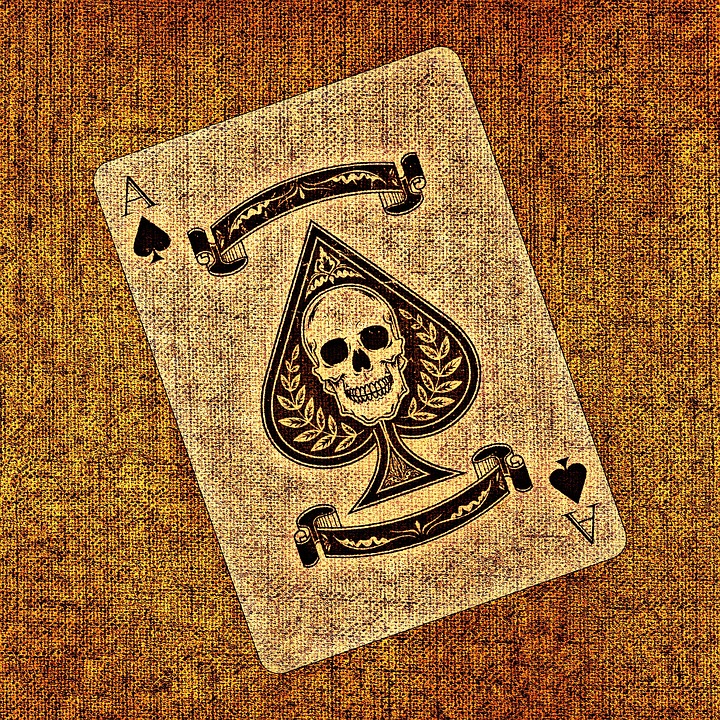Origin and development
The origin of modern game theory can be traced back to the early 18th century. Charles Waldegrave provided a strategic solution to the two-player version of a French card game known as ‘le Her’. The game theory became a unique concept when On the Theory of Games of Strategy was published in 1928.
This paper was authored by John von Neumann, a Hungarian-American mathematician, engineer, computer scientist, polymath, and physicist. Later, he along with economist Oskar Morgenstern authored a book called Theory of Games and Economic Behavior in 1944.
In the mid-twentieth century, John Nash came up with Nash equilibrium. This defined a solution for a non-cooperative game with two or more players. In a way, Nash provided a significant extension of the works of John von Neumann and Oskar Morgenstern.
What is the Game Theory?
In simple terms, game theory provides a theoretical basis to conceive social situations among the players. The game theory can be considered as a science of strategy. It assumes that players take a rational approach and tend to try hard for maximization of their payoffs.
The outcome of each player is affected by the choices and actions of all the players involved. One of the keys to this theory is that one participant’s payoff depends on the strategy implemented by the other.
John F. Nash and the Nash equilibrium
John Forbes Nash Jr. was an American mathematician known for the valuable contribution he made to the game theory. He had made this contribution with the Nash equilibrium, which he developed in the 1950s. He is the only individual to have received both the Abel Prize and Nobel Memorial Prize in Economic Sciences.
The Nash equilibrium can also be called the ‘no regrets’ concept. It refers to an outcome, which is reached in a game. No player can increase their payoff by changing their own strategy. So, once a decision is made by a player in the game, he or she won’t have any regrets.
Application of the Nash equilibrium
The Nash equilibrium among the important concepts detailed in the game theory. It makes an effort to mathematically and logically determine the actions that players should take. These actions would result in an outcome which is in their favor. It is the applicability of this concept, which makes it so important in the real world. Whether it is a game of poker or a real estate deal, a desired outcome can be achieved.
Application of the Nash equilibrium in the real world can be understood from an example. In this example, a game is on between Edward and Samuel. Both can choose strategy ‘X’ to get one million dollars or strategy ‘Y’ to lose the same amount. So, both the players choose the strategy ‘X’ and get a payoff of one million dollars. Now, if Samuel’s strategy is revealed to Edward and vice versa, none of them would change their original strategy.
This is due to the fact that a player’s strategy would mean little to the other. It, therefore, will not change the behaviour of either player. So, the outcome of strategy ‘X’ is a Nash equilibrium.


